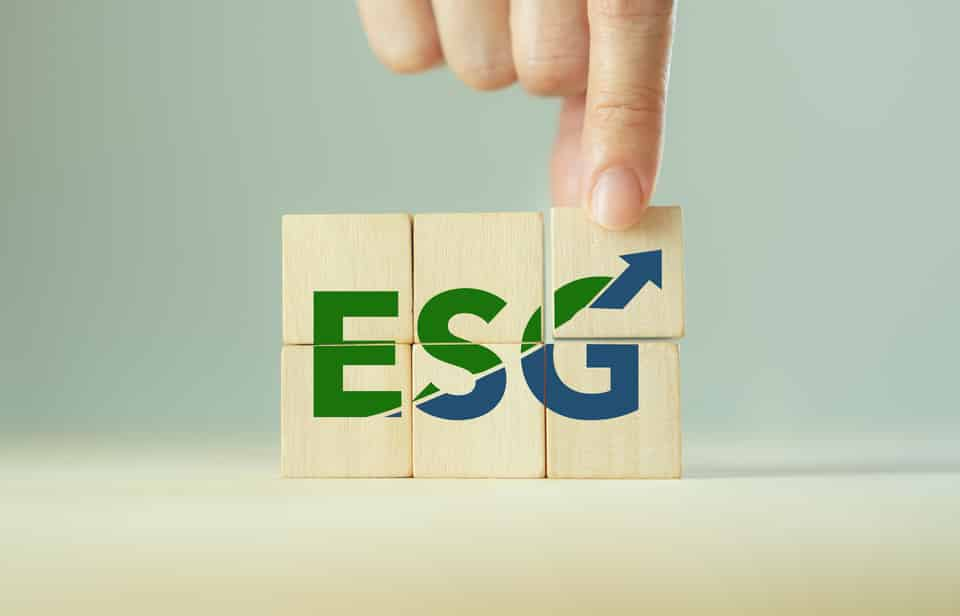The importance of ESG in business
At a time when environmental consciousness is paramount, businesses are increasingly focusing on their Environmental, Social and Governance (ESG) strategies and are recognizing the importance of sustainability in their operations. One key avenue for achieving sustainability goals is through enhanced supply chain visibility. By gaining a clearer picture of the entire supply chain, companies can unlock numerous benefits that not only contribute to a greener planet, but also foster long-term business success.

4 key sustainability benefits of enhancing supply chain visibility
Reduced carbon footprint
Drivers for cost reduction in transportation are also drivers for CO2 reduction. Transport optimization enables you to pinpoint inefficiencies and streamline transportation routes, with enhanced route planning and resource allocation. By improving vehicle utilization and optimizing delivery routes, your fuel consumption is reduced, which contributes to a smaller carbon footprint. This coupled with the real-time tracking of shipments using RFID technology enables better decision-making, minimizing unnecessary transportation and ultimately lowering greenhouse gas emissions. Amazon, one of the world's largest e-commerce and logistics companies, utilizes technology to optimize its transportation network. In doing so, they aim to improve delivery efficiency, reduce fuel consumption, and minimize emissions.
Data-driven insights
Enhancing supply chain visibility generates valuable data and analytics. This information can then be used to optimize operations within your warehouses and distribution centres, enabling you to predict demand pattens, adjust inventory storage locations and even optimize the layout of the warehouse for energy efficiency. Practices such as optimizing stock levels and better utilizing storage space contribute to a lower environmental impact as less waste is produced and less energy is required to service the space being used.
Inventory optimization
Accurate and real-time information on inventory levels and demand patterns allows for better inventory management. By avoiding overstock situations, you can minimize waste and decrease the need for excess production. This not only supports your sustainability goals by reducing unnecessary resource consumption, but it also aligns with the principles of a circular economy, where resources are used more efficiently. An example of a company utilizing this technology is Walmart. The retailer uses a sophisticated inventory management system that combines data from point-of-sale transactions, online orders and other sources, along with analytics to forecast demand accurately, optimize reorder quantities, and minimize holding costs. This technology-driven approach not only improves inventory turnover but also ensures that products are available for customers when and where they are needed.
Regulatory compliance and risk mitigation
Governments and regulatory bodies are increasingly imposing stringent environmental regulations. Supply chain visibility helps you to stay ahead of compliance requirements by providing accurate, real-time data on environmental impacts. This not only ensures adherence to regulations but also mitigates the risk of fines and reputational damage associated with non-compliance.
It’s clear that enhancing supply chain visibility is not just about operational efficiency; it’s a strategic move toward a more sustainable and responsible future, and more and more companies are now focusing on this. By adopting transparent and eco-friendly practices throughout the supply chain, businesses can not only achieve their ESG goals and meet regulatory requirements, but they can also position themselves as leaders in sustainability.

Explore Our Solutions




